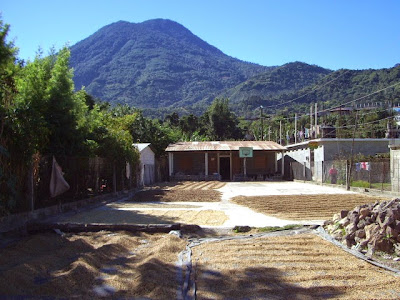This Christmas and New Years I have stayed home in Adelaide and enjoyed reading books about other parts of the world. When it gets too hot, like 3 weeks ago, we had two consecutive days of 43 C maximum, I drove over to Brighton Beach which is a kilometre away and had a dip in the sea water (22 C) to cool off (not having air conditioning).
Today the temperature is a more moderate 32 C. To read books I lie on my bed (psuedo armchair) with a small fan to stir the air. The world is at my arms reach for I have a bedside clock radio, shortwave radio, mini-iPad (for Word, digital radio, FB, email etc), Kindle and mobile phone. The books I read are English based detective ones and some of my favourite collectables.
I have always been a fan of Arthur Ransome of "Swallows and Amazons" fame, first published 1930, which relates the sailing adventures of a group of children on a mythical lake in the English Lake District. My hard covered copy with dustsheet is a 1958 edition and is the 32nd impression. So I have refreshed my memory of the Lake District without spending a penny!
What wonderful wholesome lives children lived in the 1920 -30s! Not one mention of drugs, booze, idiocy, bullying, violence, foul language etc activities that seem to be common among today's youth. I can't imagine any of them sailing a dingy anywhere. Today's teenagers seem not attracted to read books, let alone the children's classics.
The books "Swallows and Amazons", "Pigeon Post" (my favorite because of mining and prospecting activities), "Swallowdale", The Picts and the Martyrs" and "Winter Holiday" have their adventures based in the English Lake District. These books are still a great read for people who have enjoyed camping, sailing, fishing and observing Nature. Sadly teenage readers have now been replaced by the oldies who relive their adventurous past.
Also this Christmas I have re-read "Coot Club" and the "Big Six" which relate the children's sailing adventures in the Norfolk Broads. So without leaving my bed I have enjoyed reading about the landscape and nature of the region enclosing Norwich, Wroxham and Yarmouth. Similarly, "Great Northern?" gives their adventures when sailing "Sea Bear" up the west coast of Scotland in search of the rare Diver bird.
There are eleven books in the children's series which have become collectors' items. Amazon produce Kindle editions for about $10. Ebay and Booktopia have a ready supply of modern paperback editions for $15 to $28 and hardcover ones for $30 to $35 each. The early hardcover editions (1940 - 60) have long ago been sold off from public libraries and may sometimes be picked up for a dollar at church fairs.
Finally, fishermen will find enjoyable Arthur Ransome's book "Rod and Line" which is a collection of 50 fishing articles he wrote for the "Manchester Guardian". Well, that's a good list of holiday reading to keep you busy over the summer (or winter up north). Cheers, Allano







































